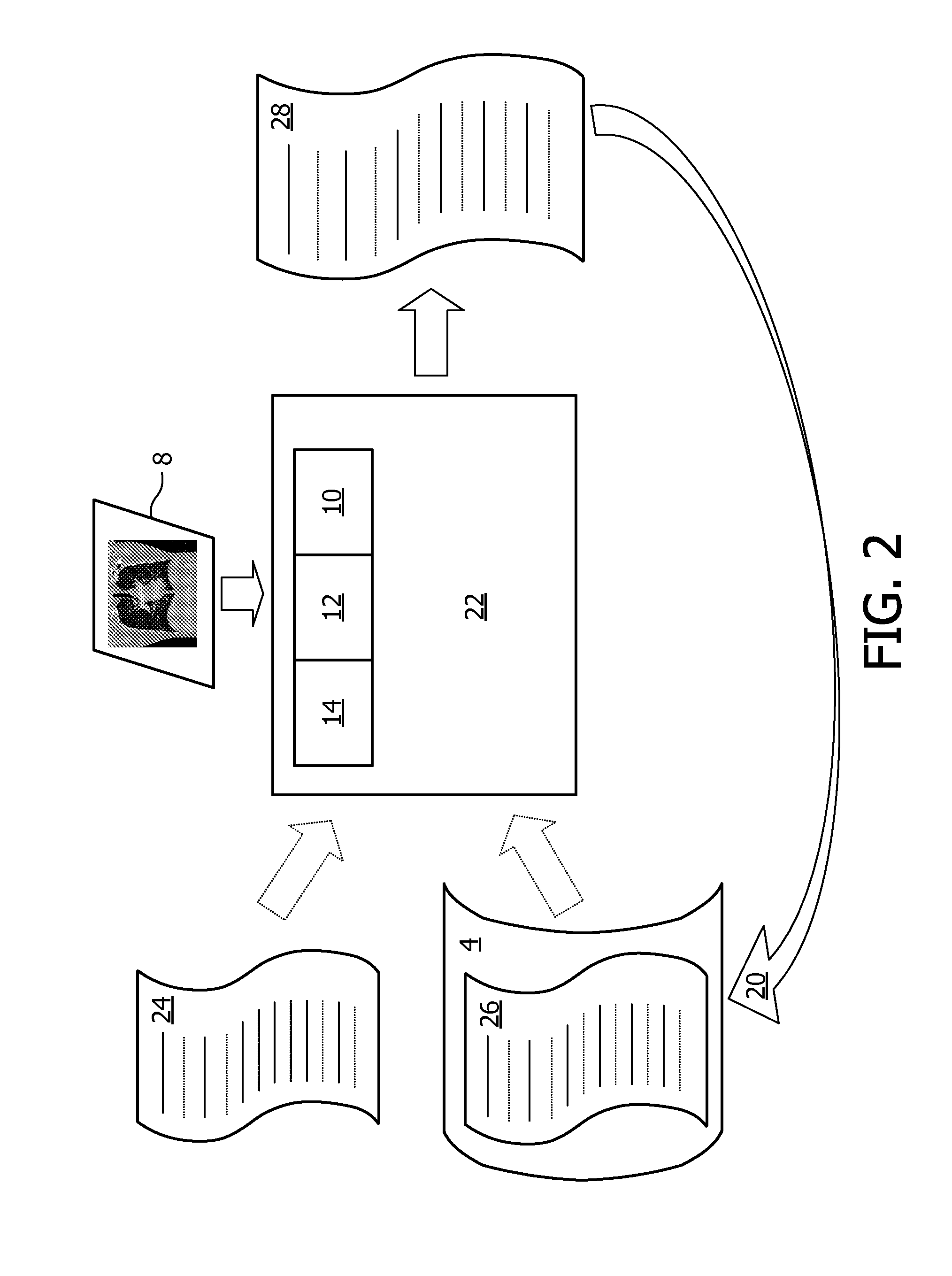Adjusting acquisition protocols for dynamic medical imaging using dynamic models
a dynamic model and acquisition protocol technology, applied in the field of dynamic medical imaging, can solve the problems of inefficient dose usage, inability to accurately predict and often need to redo dynamic imaging sequences, so as to achieve better quantifiability, alleviate or eliminate one, and reduce the effect of radiation dos
- Summary
- Abstract
- Description
- Claims
- Application Information
AI Technical Summary
Benefits of technology
Problems solved by technology
Method used
Image
Examples
Embodiment Construction
[0053]Embodiments of the invention relating to the method, computer program products and software updating packages, as well as usage of the embodiment relating to an apparatus or unit, for adjustment of an acquisition protocol on the basis of anatomic and dynamic models are described in relation to the flow chart of FIG. 1. The description is outlined in relation to the method, but are equally applicable to the individual operations carried out by software or steps carried out when using the apparatus or unit.
[0054]Prior to initiating dynamic medical imaging, a clinical application of the resulting images has typically been determined, e.g. examination, confirmation of a preliminary diagnose, monitoring progress of a treatment or development in a disease. The clinical application, or the purpose of the imaging, determines which body volume and which organs or anatomic / physiologic features are to be imaged and by which imaging method. The embodiments of the invention can be applied ...
PUM
 Login to View More
Login to View More Abstract
Description
Claims
Application Information
 Login to View More
Login to View More - R&D
- Intellectual Property
- Life Sciences
- Materials
- Tech Scout
- Unparalleled Data Quality
- Higher Quality Content
- 60% Fewer Hallucinations
Browse by: Latest US Patents, China's latest patents, Technical Efficacy Thesaurus, Application Domain, Technology Topic, Popular Technical Reports.
© 2025 PatSnap. All rights reserved.Legal|Privacy policy|Modern Slavery Act Transparency Statement|Sitemap|About US| Contact US: help@patsnap.com



